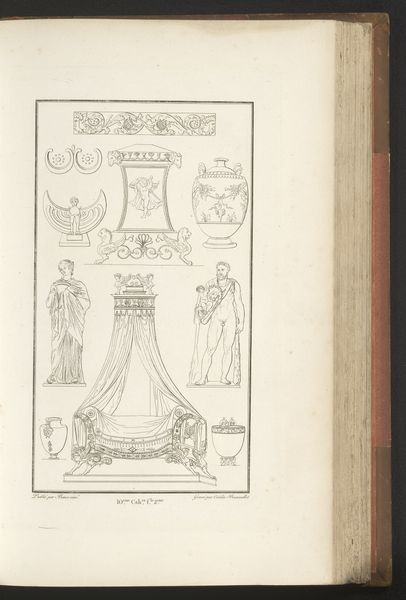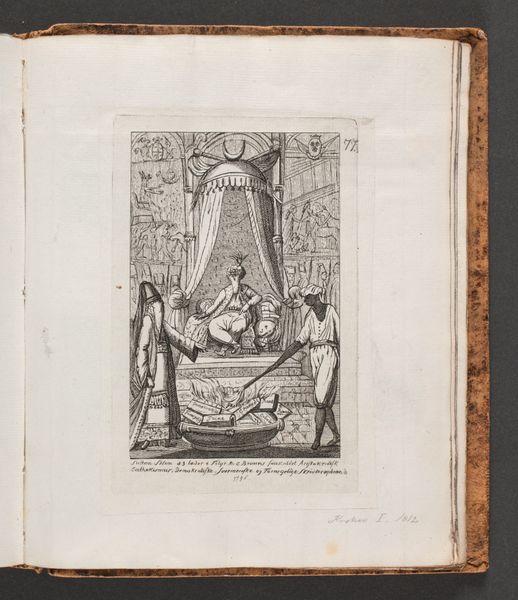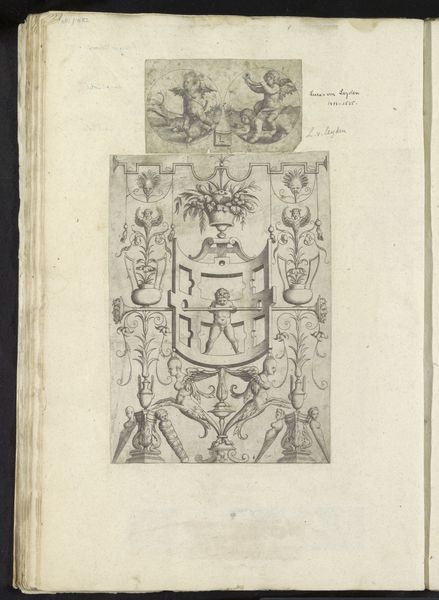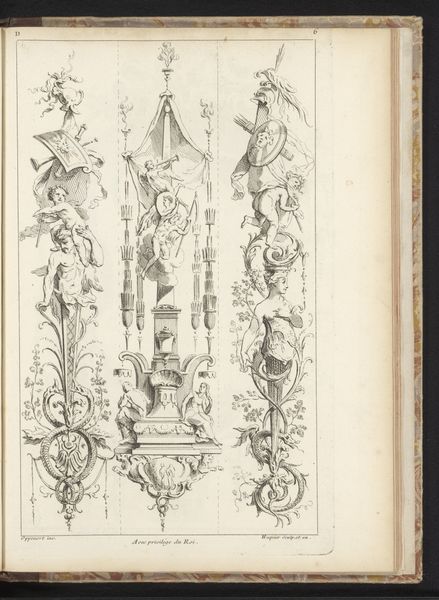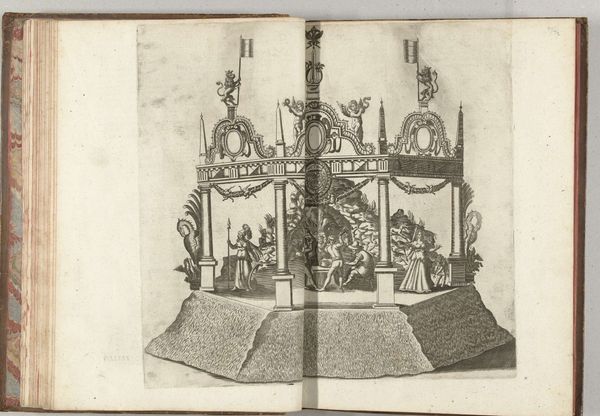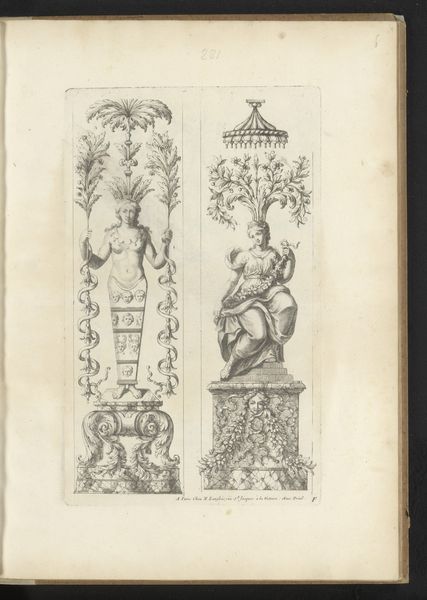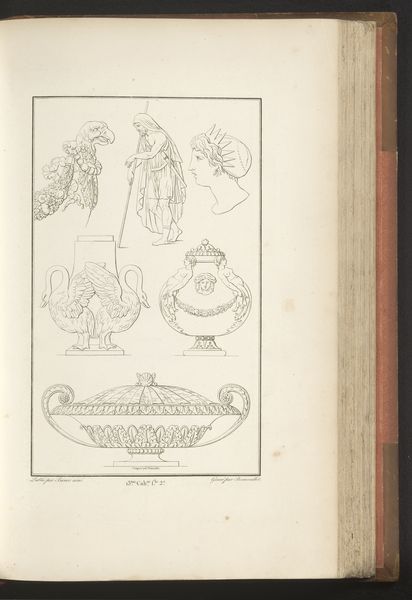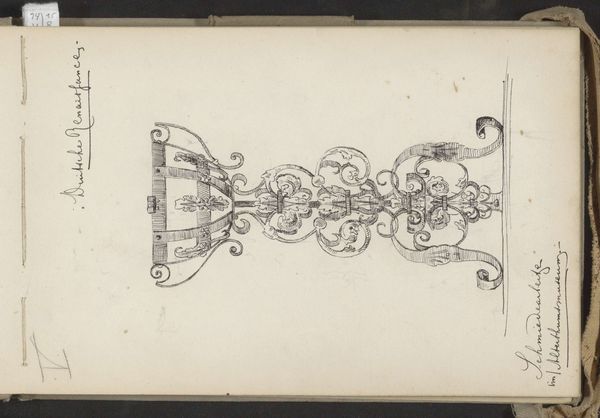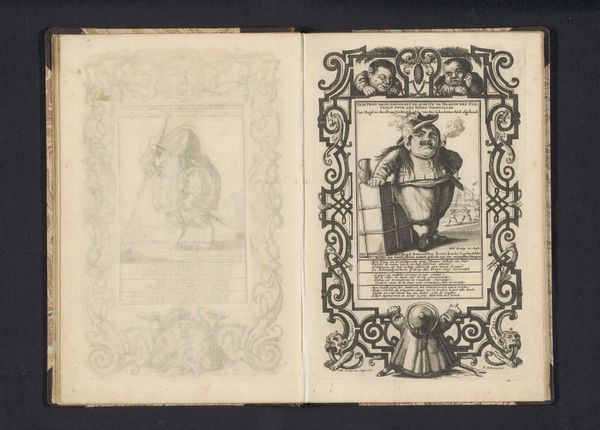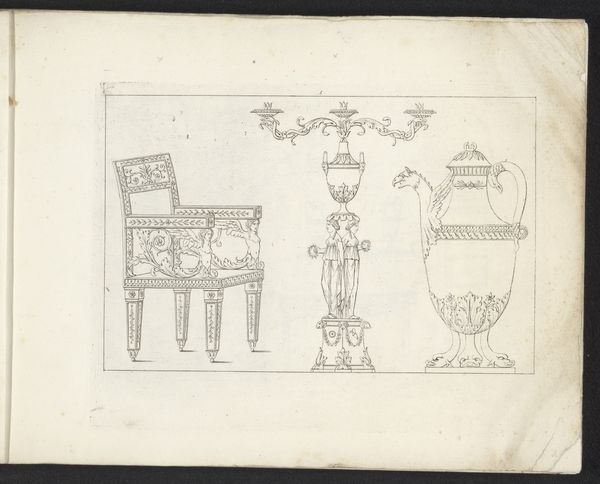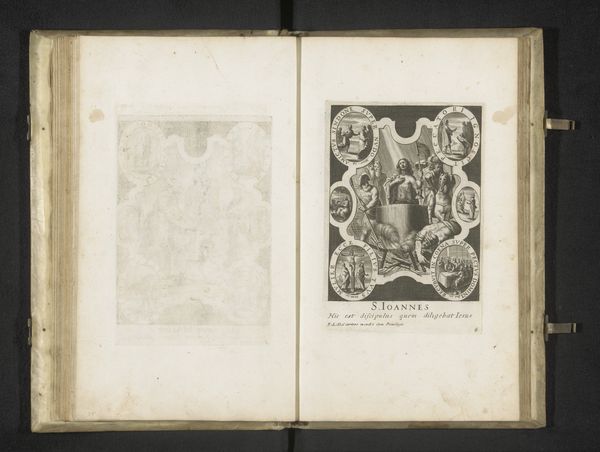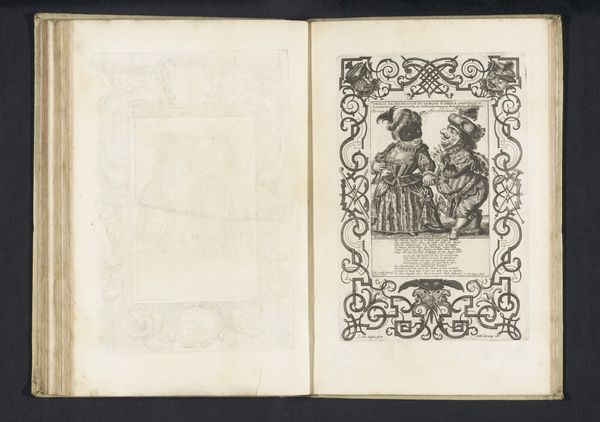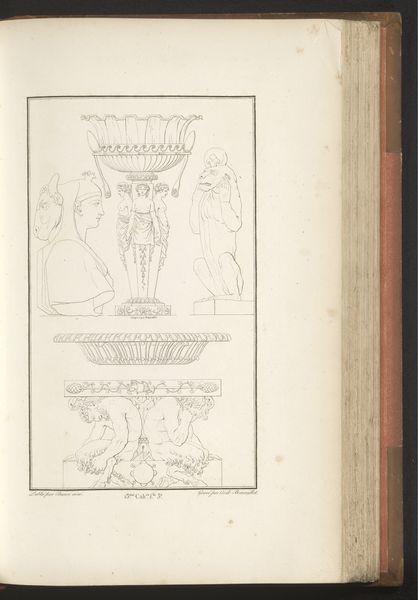
drawing, print, ink, engraving
#
drawing
# print
#
landscape
#
ink
#
geometric
#
ancient-mediterranean
#
engraving
Dimensions: height 198 mm, width 275 mm
Copyright: Rijks Museum: Open Domain
Curator: This work, created between 1693 and 1696, is entitled "Drie forten in Vlaanderen," which translates to "Three Forts in Flanders." Editor: My first impression is that these are incredibly detailed plans; there’s a clinical precision to their layout, but that order doesn't detract from the militaristic reality of their use. Curator: Exactly. It's fascinating to see how these forts, essentially tools of war and territorial control, are rendered with such almost decorative geometrical perfection. Each fort represents a node within a complex network of power and political geography. Editor: You can tell so much about the time and the maker. The ink drawing and engraving highlight the laborious craft involved in creating these documents. We see how integral these documents were and are now to power, and labor. Curator: The strategic importance of Flanders, the frequent battleground, needs to be considered. The anonymous creator's approach to capturing each fort's design also indicates an attempt to impose order and legibility in the middle of very complicated political disputes. We can also read how conflicts between European nations for control in the region directly impacted people living there. Editor: I'm drawn to how this medium emphasizes the precision required in both their making, the maker's and architect's time but also for the design itself; these angles are specifically engineered to withstand sieges. Consider how material reality influenced those parameters of their architecture and the decisions to document them. Curator: That also shows something, right? The design is almost like a declaration of the authority the creator or client must have wielded; a symbolic imposition on the land that went far beyond the limits of each individual military fortress. Editor: Well, I’d agree there is an aesthetic quality in it as a technical drawing but not only for display, necessarily. The print could facilitate easier, repeatable sharing of critical schematics to create a kind of informational network. What’s shown in these fortifications but then also the document's own inherent ability, even as a drawing, to spread information… interesting thing to observe in its material existence. Curator: Thinking about the labor invested versus their limited view brings an emotional gravitas and illustrates the complex reality of conflict that these forts, as material constructs, had and their existence as artifacts in how those times still influence things today. Editor: I'm so taken by this; the emphasis of design allows this rendering to act in tandem with strategic efforts and material practices that reflect, both visually and structurally, how that past can alter perspectives in present geopolitical concerns.
Comments
No comments
Be the first to comment and join the conversation on the ultimate creative platform.
